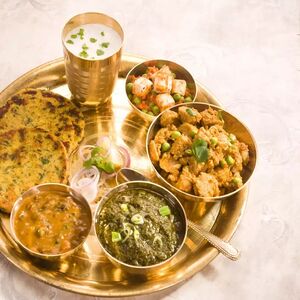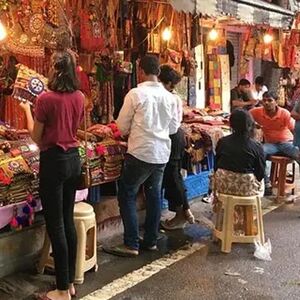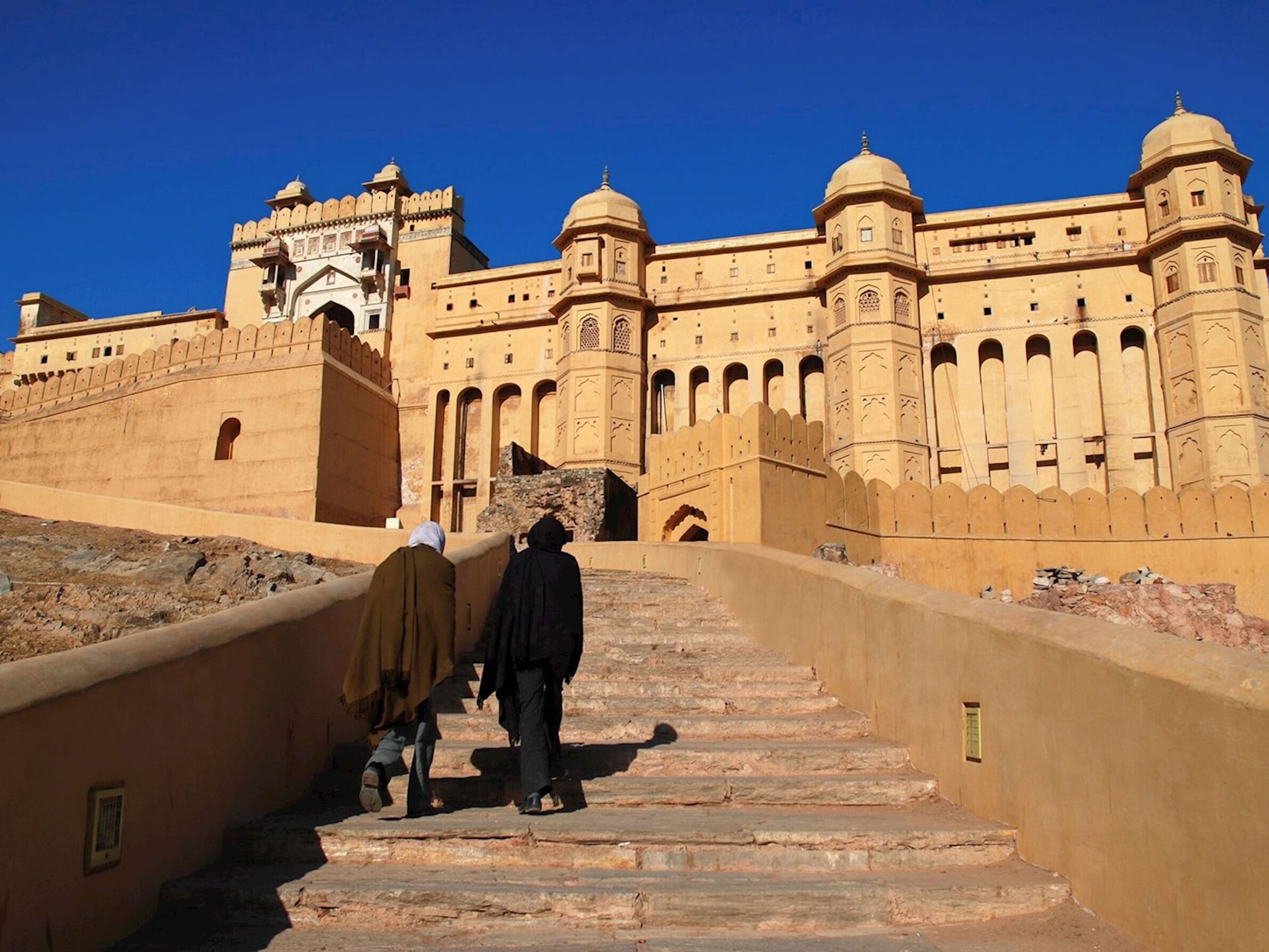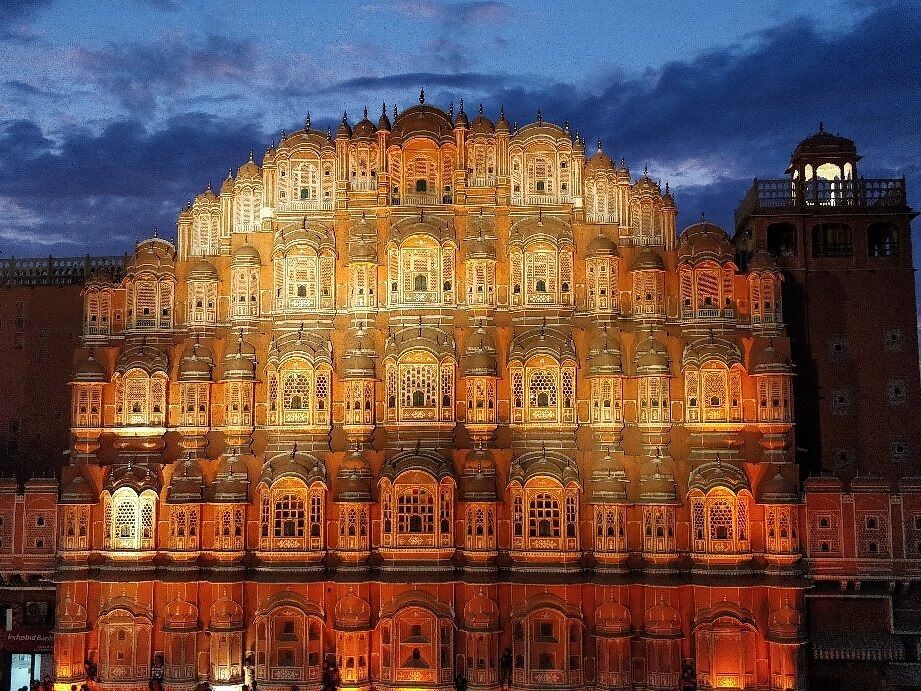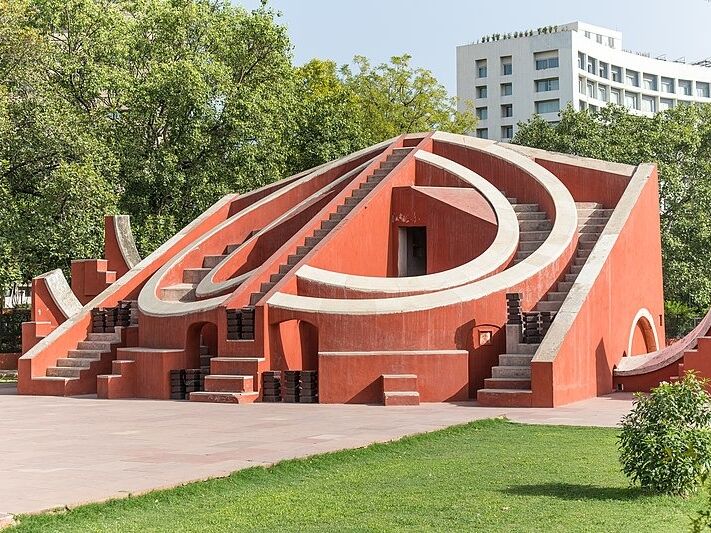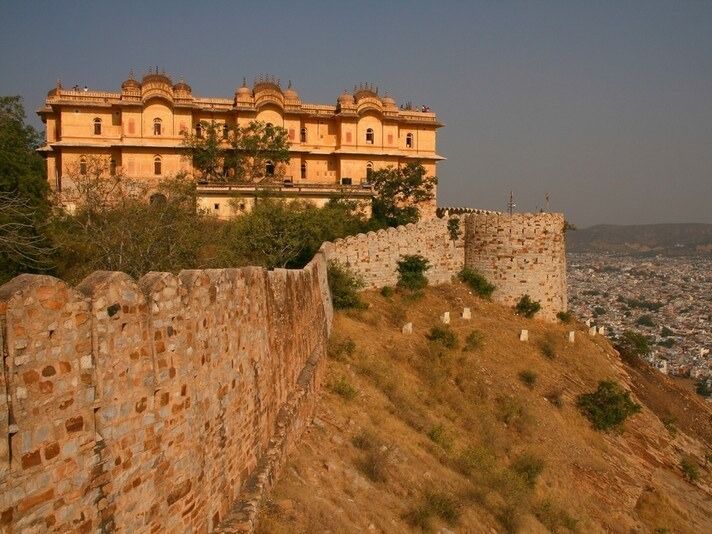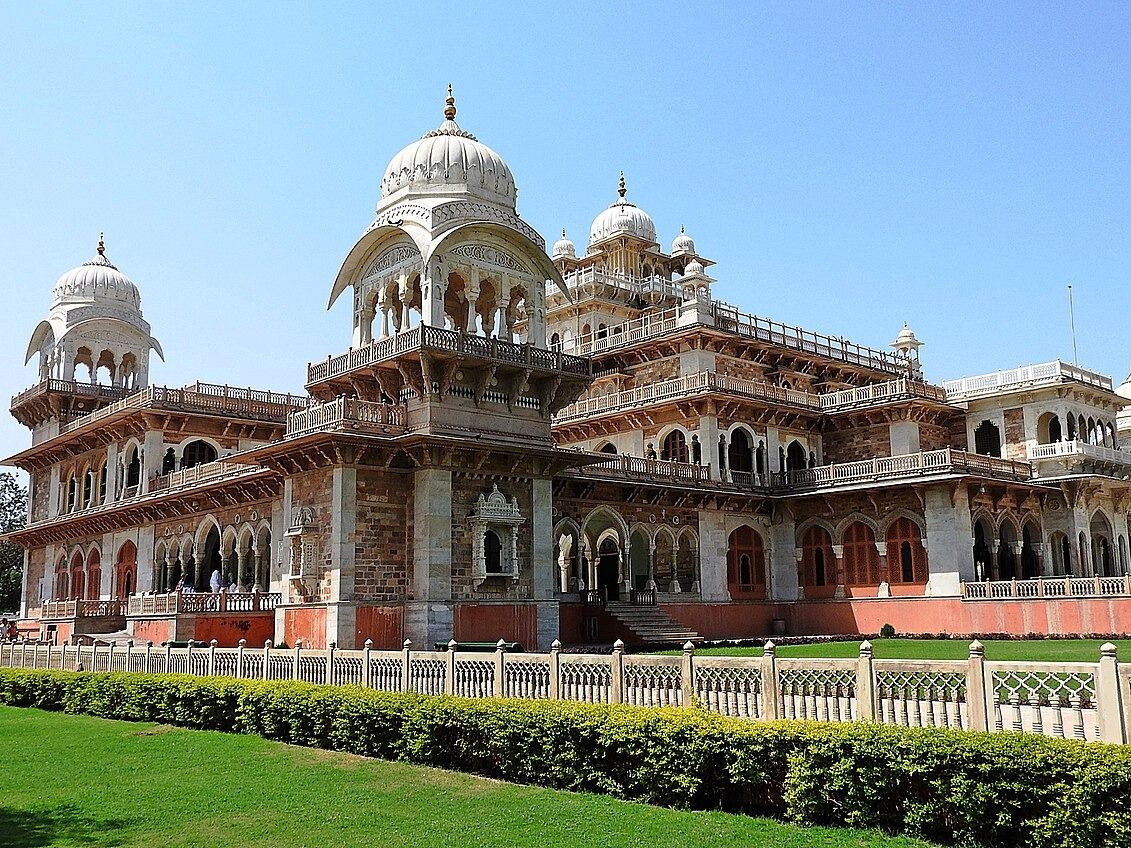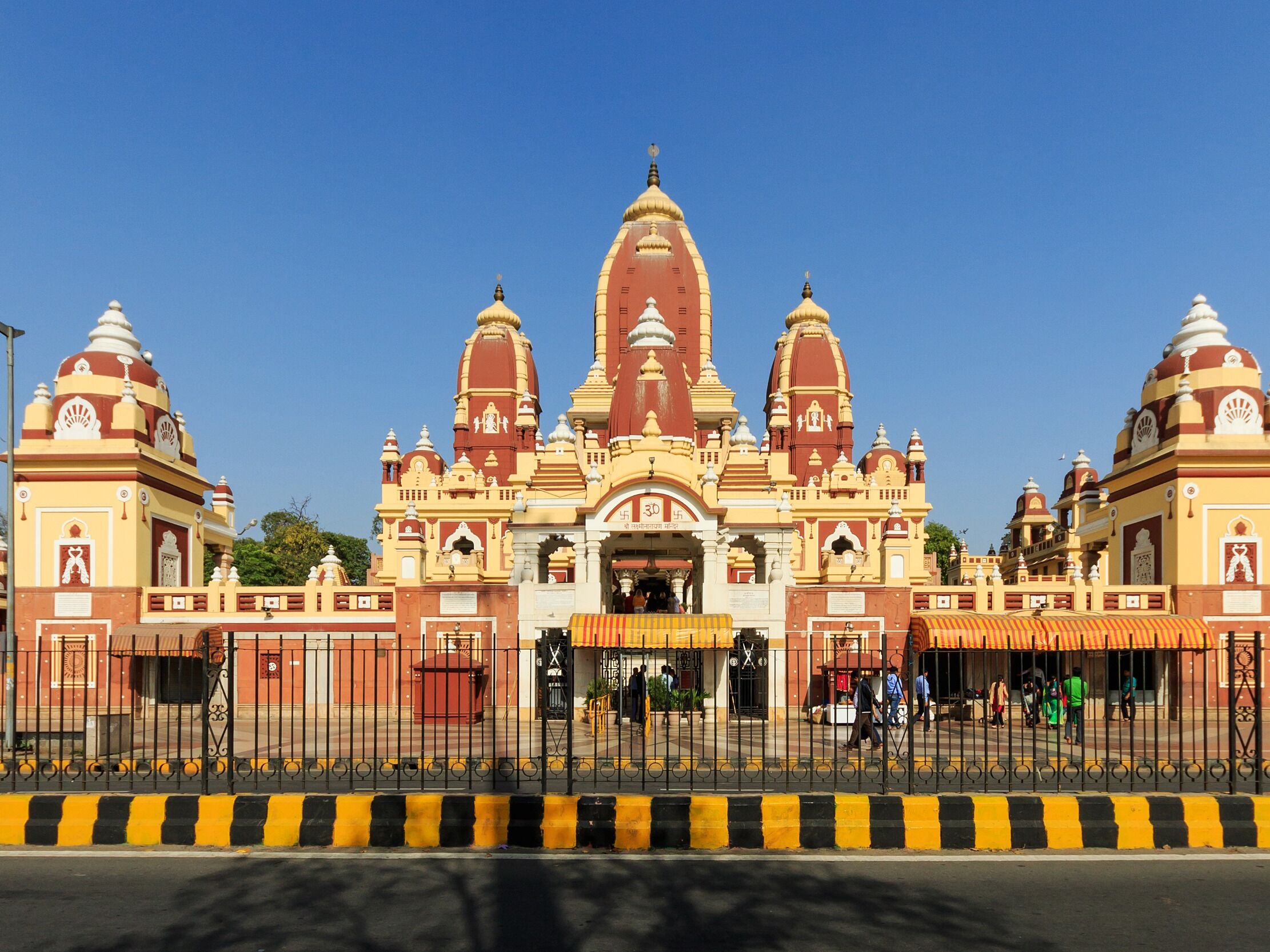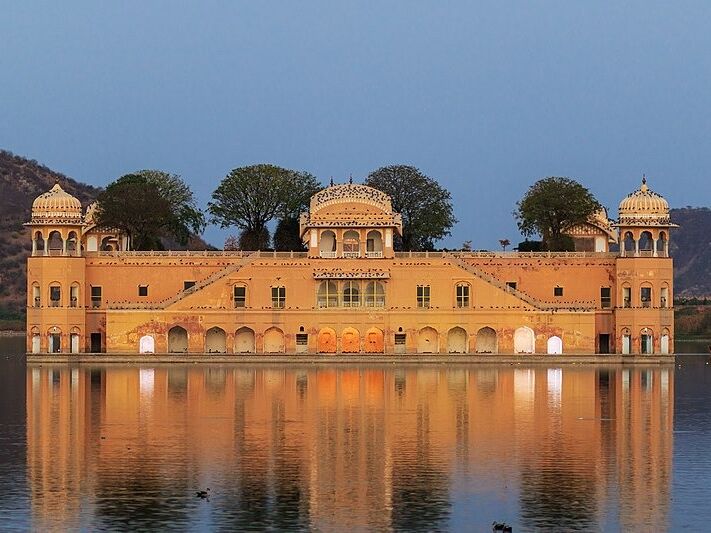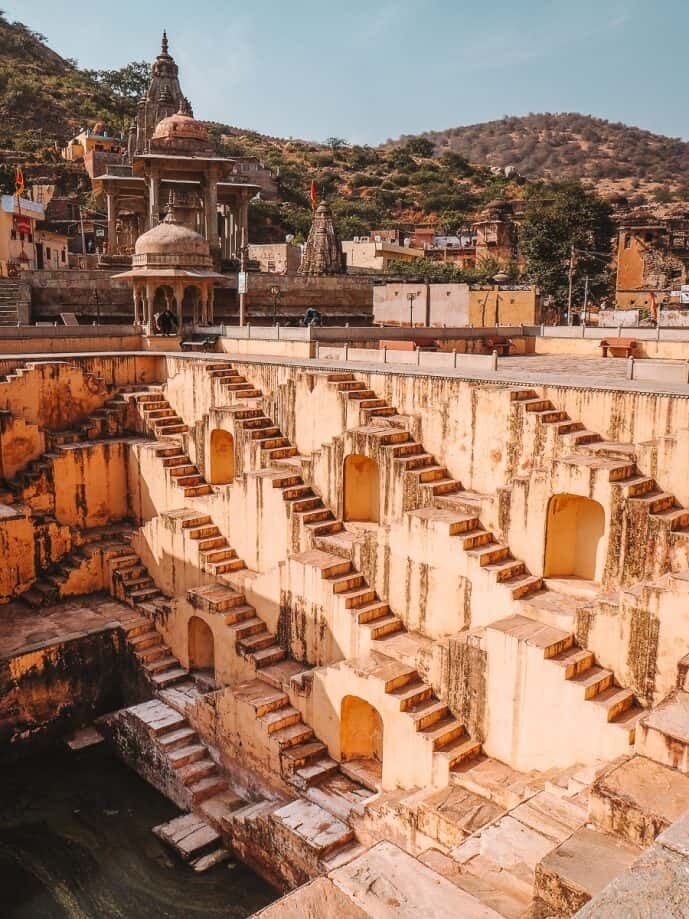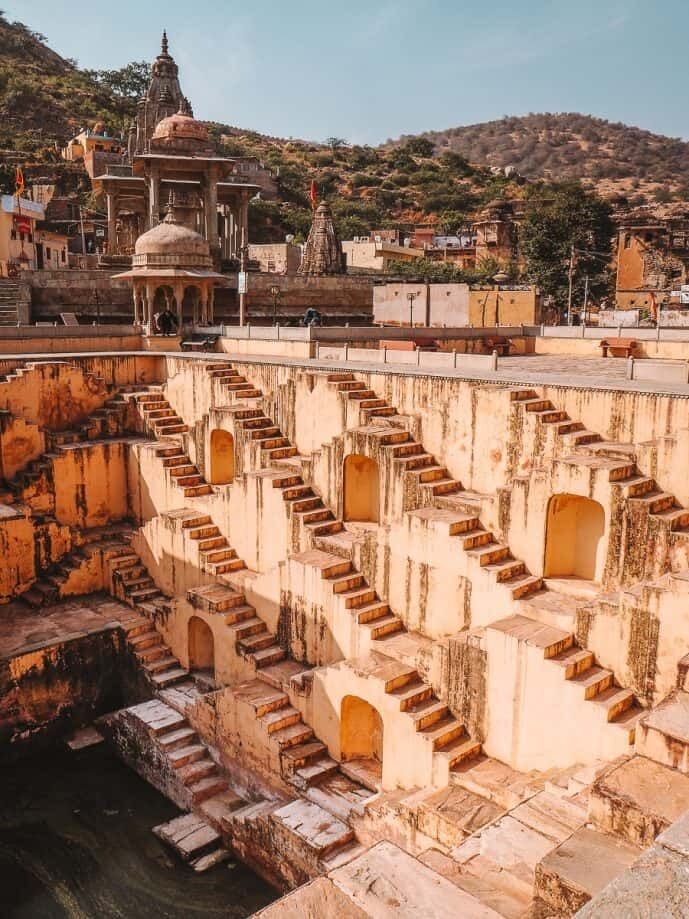Dear Family and Friends, We are overjoyed to welcome you to our wedding website! Your presence means the world to us, and we can't wait to celebrate our special day. Here, you'll find all the details you need to join us in Jaipur. See you soon!
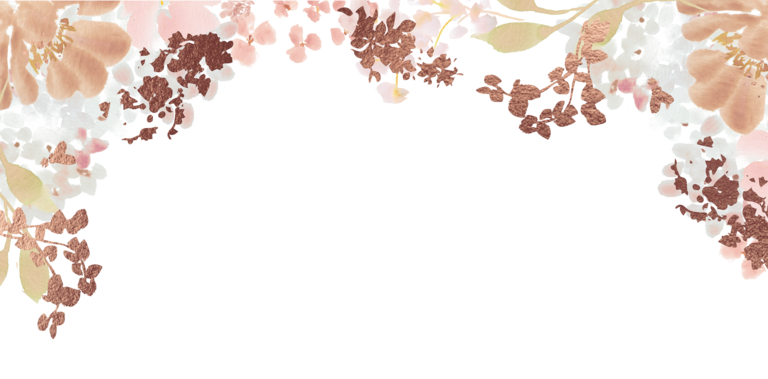
Karan & Swarnima
Dear Family and Friends, We are overjoyed to welcome you to our wedding website! Your presence means the world to us, and we can't wait to celebrate our special day. Here, you'll find all the details you need to join us in Jaipur. See you soon!
Karan & Swarnima
Tips!
Shopping: Jaipur is famous for its vibrant bazaars. You can shop for jewelry, textiles, pottery, and handicrafts at markets like Johari Bazaar, Bapu Bazaar, and Tripolia Bazaar.
Cuisine: Try local Rajasthani cuisine, such as dal baati churma, gatte ki sabzi, and laal maas. Many traditional eateries and fine dining restaurants offer these dishes.
Visit a Block Printing Workshop Jaipur is renowned for its hand-block printing. You can visit local workshops or art centers, such as Anokhi Museum of Hand Printing, to see artisans at work and even try their hand at printing their own fabric.
Explore Jaipur’s Art Scene Jaipur has a thriving art scene, with many contemporary art galleries and exhibitions. You can visit the Jawahar Kala Kendra or various private art galleries to explore modern and traditional Rajasthani art.
Hot Air Balloon Ride For a unique perspective of Jaipur, guests can take a hot air balloon ride over the city. This activity offers stunning aerial views of Jaipur’s forts, palaces, and the surrounding countryside.
Elephant Village Visit Elephant Village (Hathi Gaon) near Amber Fort offers an ethical way to interact with elephants. Guests can learn about the care of these majestic animals, help with feeding and bathing them, and enjoy a peaceful walk with them.
Places to Visit
Amber Palace
Located about 11 km from Jaipur city center, Amber Fort is a stunning example of Rajput architecture. The fort, made of red sandstone and marble, overlooks Maota Lake and offers spectacular views. Visitors can explore the palace complex, which includes Diwan-i-Aam, Diwan-i-Khas, Sheesh Mahal (Mirror Palace), and the beautiful Sukh Niwas.
Hawa Mahal
This iconic five-story palace with its distinctive honeycomb structure of 953 small windows is a must-see in Jaipur. Built in 1799, Hawa Mahal was designed to allow royal women to observe street festivals while remaining unseen from the outside.
Jantar Mantar - Jaipur
A UNESCO World Heritage site, Jantar Mantar is an astronomical observatory built by Maharaja Sawai Jai Singh II in the early 18th century. It houses a collection of 19 architectural astronomical instruments, including the world’s largest stone sundial.
Nahargarh Fort
Perched on the edge of the Aravalli Hills, Nahargarh Fort offers panoramic views of Jaipur city. The fort was originally built as a retreat for the royal family and has beautiful structures like the Madhavendra Bhawan, which has intricate frescoes and mural work.
Albert Hall Museum
The oldest museum in Rajasthan, Albert Hall Museum is a fine example of Indo-Saracenic architecture. The museum displays a rich collection of artifacts, including paintings, jewelry, carpets, ivory, stone, metal sculptures, and works in crystal.
Shri Laxmi Narayan Temple (Birla Mandir)
This modern temple, made entirely of white marble, is dedicated to Lord Vishnu and Goddess Laxmi. The temple is located at the base of Moti Dungri Hill and is known for its beautiful carvings and peaceful ambiance.
Jal Mahal
Situated in the middle of the Man Sagar Lake, Jal Mahal (Water Palace) is a beautiful architectural marvel. Though entry to the palace is restricted, the view from the banks of the lake, especially during sunrise or sunset, is breathtaking.
Panna Meena ka Kund
This 16th-century stepwell, located near Amber Fort, is a hidden gem of Jaipur. The symmetrical steps leading down to the water and the intricate design of the well make it a fascinating spot for photography and exploration.
Monkey Temple
Galtaji Temple, situated in the Aravalli Hills, is an ancient Hindu pilgrimage site. The temple complex includes natural freshwater springs, sacred kunds (water tanks), and pavilions, and is known for its large population of monkeys.
